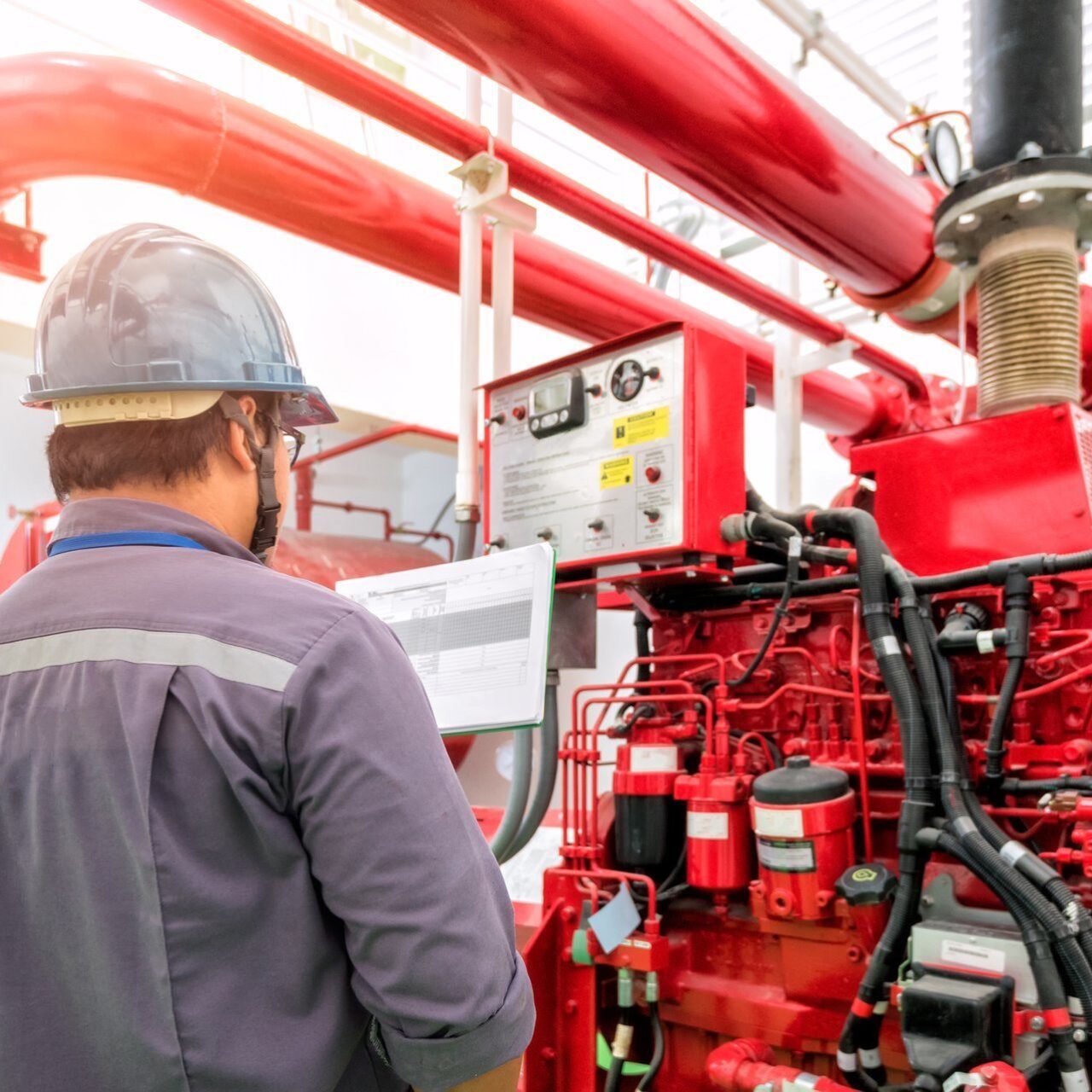Inspection and testing requirements for water-based fire sprinkler systems were established by the National Fire Protection Association (NFPA) as well as the FDNY. The current standard, called NFPA 25 covers all buildings in NYC that have fire sprinkler systems, including both commercial and residential buildings.
Buildings must be inspected by a licensed contractor like VIP Fire Sprinklers. The regulations are often confusing and difficult to understand, and violations are issued on a regular basis, so it is imperative to abide by the NFPA 25 inspection and testing regimen.
Various inspections are performed at regular intervals including weekly, monthly, quarterly, annually, and some every 5 years. The requirements of each frequency differ, and may range from visual inspection of gauges to testing sprinkler control valves and water flow, to testing for any obstructions.
Our inspectors follow the most current regulations to ensure total compliance as well as the safety of your buildings and their occupants. We have the proper certification and training, and keep careful records of inspections to prevent possible violations from FDNY.
NFPA 25
FDNY / DOB
Documentation
Fire Sprinkler System
Repairs
5 Year FDNY Test
The NYC Fire Code requires that Fire Department Connections undergo a hydrostatic test every 5 years. This test must be performed by a licensed contractor such as VIP Fire Sprinklers and witnessed by a representative from FDNY.
During this test, full hydrostatic pressure is applied and maintained for up to 2 hours to ensure that there are no leaks and that the system can withstand the highest functional pressure.
Our team will prepare the system and hook up a hydrostatic pump to pressurize the system, and then use a gauge to measure the pressure. The FDNY normally also performs a walkthrough of the building to check for any compliance issues.
Water Pump Test
FDNY, NFPA, and Insurance require testing of your fire pumps in order to find issues with water pressure or leaks that could prevent your system from working correctly.
During a monthly non-flow or “churn” testing, our inspectors measure water pressure to determine how much is being added to the system by the pump, and whether this pressure is enough for the size of your building.
For the yearly test, water is pumped through and discharged to ensure the system works properly with water flowing through it, and the performance is recorded at various points between 0% and 150% flow per NFPA requirements.
Get an estimate



